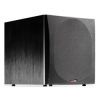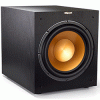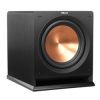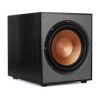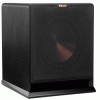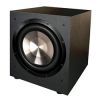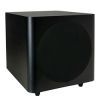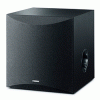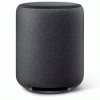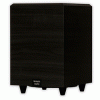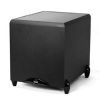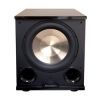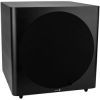| Overall | Audio features | Extensive connection | Control | |||
|---|---|---|---|---|---|---|
| SVS PB16-Ultra | 9.3 | 9 | 9 | 10 | See price | 41 |
| SVS PB-4000 | 9 | 10 | 8 | 7 | See price | 69 |
| SVS SB-4000 | 8.8 | 9 | 8 | 7 | See price | 68 |
| JBL SRX828SP | 7.6 | 9 | 4 | 10 | See price | 12 |
| JBL PRX818XLFW | 6.6 | 8 | 4 | 8 | See price | 48 |
| JBL PRX815XLFW | 6.3 | 7 | 4 | 8 | See price | 49 |
| Yamaha DXS15 MKII | 5.6 | 7 | 4 | 6 | See price | 43 |
| JBL LSR310S | 5.6 | 7 | 4 | 6 | See price | 24 |
| JBL EON618S | 5 | 7 | 4 | 4 | See price | 39 |
The use of active subwoofers in a recording studio is a moot point for many. However, most experts prefer to have at their disposal additional to the main speaker system, which would, if necessary, listen to low frequencies and have full monitoring.
In addition, the best studio subwoofer is a device that has:
- a built-in amplifier
- integrated active crossover
A crossover, in this case, is a necessity. It filters out the frequencies of the upper range and allows you to match the subwoofer with the speaker as precisely as possible. To some extent, due to this, active subwoofers are not as demanding in space as passive ones.
A good quality subwoofer for a recording studio or production is an investment in the quality of audio products. Therefore, when choosing and buying, several key parameters should be taken into account. Among them:
- the power of the device. It depends on the power of the main speaker system (total power of a pair or more speakers) and should exceed it by two times;
- sensitivity. The optimal level is 90 dB;
- frequency range. The wider it is, the wider the capabilities of the subwoofer, but most modern models can boast of average performance in the range from 35 to 155 Hz;
- speaker. Its diameter depends on the power of the device and is 18-12 inches;
- body. The best are wooden and molded cases with phase inverters, but this parameter of the equipment is a matter of taste and cost;
- among other things, the presence of XLR input/output and adjustment, a convenient carrying case, is also possible.
How to connect a subwoofer to reference monitor speakers
So, you're connecting the 2 powered speakers up with a standard 3.5mm cable on the side of the PC. Start from splitting the signal at the source (front speaker output on the PC/headphone), then send the one side to side to the speakers and another the subwoofer as normal. Put in a low-pass filter to cut out all the high signals.
Since a PC does not output a separate subwoofer signal for 2.0/2.1 systems(it does for 5.1 and 7.1), that's going to be your best choice.
Studio subwoofer reviews
JBL PRX818XLFW - best overall

JBL PRX818XLFW is an active professional subwoofer that is part of the PRX speaker line. The model is able to successfully work as a singular, allowing you to achieve a dense and fundamental bass, and can also function successfully in multi-channel systems paired with other subwoofers. The best studio monitor subwoofer allows you to achieve the most effective results thanks to high-quality technical equipment, convenient and simple operation, as well as competently implemented design, which combines light weight and a solid wooden case, which contributes to the necessary mobility.
An 18-inch JBL 2278G speaker with a double voice coil is responsible for reproducing the audio signal, allowing you to voice the frequency range from 35 to 87 Hz at a level of /- 3 dB. A high-quality Class D amplifier offers a maximum output power of 1,500 W and a maximum sound pressure level of up to 134 dB. For switching with a sound source, there are two balanced inputs represented by Combo Jack / XLR connectors. You can output the signal to the speaker system using two balanced pass-through outputs on the XLR connectors. The built-in DSP processor offers a crossover in the form of Linkwitz-Riley digital filters with a slope of 24 dB per octave. Next to the connectors for connections are the keys responsible for phase rotation and the inclusion of this filter for through outputs. There is also a dbx Type IV limiter to prevent clipping. 
One of the interesting options of this model is the presence of a Wi-Fi router, through which remote control of the subwoofer functionality is carried out using the free PRX Connect application for mobile devices—supported operating systems, iOS or Android. Using the software, you can adjust the volume, adjust the tone with an 8-band equalizer, apply a delay effect of up to 50 ms, and also save the settings as presets. The application is compatible with other speakers from the PRX series.
Key specs
- Power (RMS): N/A
- Driver size: 10"
- Driver placement: front
- Frequency response: 35-87 Hz
- Official website
- Full specs
Pros
- It perfectly copes with sub-bass scoring at high output power both for live music and for background music or DJ sets
- The main advantage of the model is the ability to flexibly configure using a smartphone or tablet
Cons
- Sometimes the gain twist can itself change from 0.5 - 1, it’s very sensitive
JBL SRX828SP - best performance
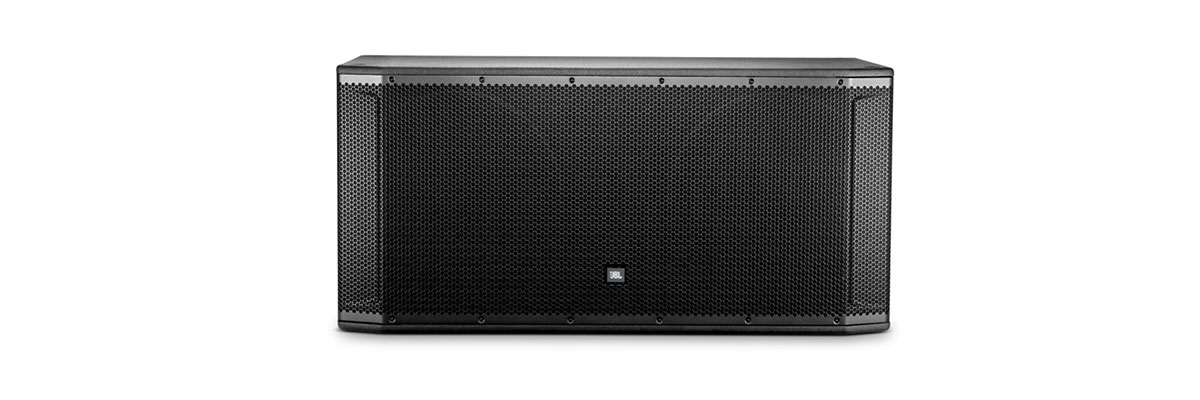
The JBL SRX828SP active subwoofer in a rugged case was named as the one that provides the best performance according to our studio subwoofer review. Low-frequency emitters deliver powerful articulated bass with a very low distortion level at all volume levels with minimal compression.
The body of the JBL SRX828SP is made of 18 mm thick birch plywood. Such plywood has high acoustic properties, thus participating in the formation of sound. Outside, Duraflex signature black polymer coating is applied. The speakers are protected by a grill from any external influences, including mechanical damage. There are mounts for the rack and suspension.
Inside the cabinet are two 18-inch woofers and a Class D amplifier from Crown. All this provides him with an impressive power of 1,500 watts (peak - 2,000 watts), sufficient for sound coverage of a large area. All electronics inside the case are managed by an integrated DSP processor. 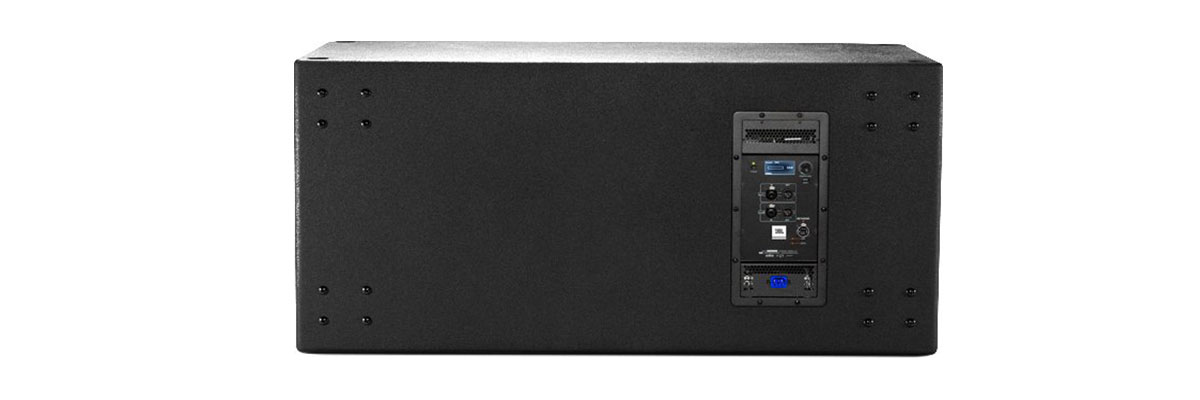
The user can control the JBL SRX828SP using the built-in LCD on the rear panel, special Audio Architect and HiQNet Motion Control programs, or mobile applications on iOS and Android. The subwoofer connects to the network through a router using a standard Ethernet cable with an RJ-45 connector. The control interface for the DSP makes it possible to use including 20 parametric equalizers, crossover filters, and a signal generator to facilitate system calibration. If you don’t want to manually adjust the subwoofer, you can simply use the preset presets by JBL experts.
Key specs
- Power (RMS): 1500 W
- Driver size: 18
- Driver placement: front
- Frequency response: 29-150 Hz
- Official website
- Full specs
Pros
- I've been impressed with the power and durability of the design
- The pressure coming out of the front could resuscitate an unconscious person
Cons
- To mute a speaker, you can only unmute it if you have the app running - even after turning them off and on
JBL LSR310S - best budget

The best budget studio subwoofer is the 10-inch LSR310S powered subwoofer. It complements and expands the capabilities of the LSR305 and LSR308 monitors.
The low-frequency 10-inch dynamic head with a long stroke of the coil works in conjunction with the patented JBL Slip Stream Port bass reflex. Thanks to these technologies, as well as a powerful 200-watt amplifier, the LSR310S delivers deep, dynamic bass at all volume levels. The frequency response starts at 27 Hz, and the maximum sound pressure is 113 dB. This model has great power thanks to the built-in D-class amplifier, a record high sound pressure for its dimensions.
Its main “trick” is Image Control Waveguide (ICW) technology, thanks to which a clear and transparent panorama is saved at almost any listening point, while the frequency accuracy is not violated. ICW is borrowed by JBL from studio monitors of the highest category M2, and its essence lies in a certain waveguide shape, which significantly improves the sound across the entire range.

On the rear panel of the subwoofer for studio monitors are balanced stereo inputs on professional XLR and Jack 6.3 mm jacks and a stereo output on XLR. Sensitivity switches of -10 dBv / 4 dBu and crossover mode are also provided. This configuration allows you to apply a linear stereo signal to the subwoofer and remove from it the left and right channels for monitor speakers. Of course, you can connect the LSR310S in a multi-channel audio system to the LFE channel. The phase switch and volume control will achieve the right balance between the subwoofer and broadband systems.
Key specs
- Power (RMS): 200 W
- Driver size: 10
- Driver placement: down firing
- Frequency response: 27-200 Hz
- Official website
- Full specs
Pros
- It has extremely soft, but at the same time focused and tight bottom
- Its body is magnetically shielded, which allows it to be placed near devices with large interference, such as televisions, computer monitors, radio stations, and so on
Cons
- One flaw is the bad foot installation. One foot had fallen right off
-
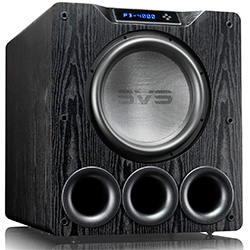
SVS PB-4000
- SVS
- | 1900
- 18
-
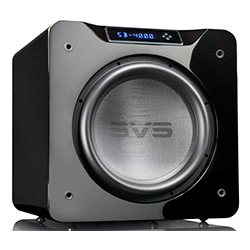
SVS SB-4000
- SVS
- | 1600
- 34
-
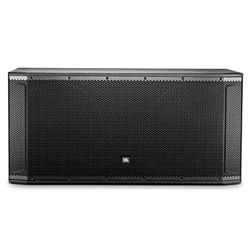
JBL SRX828SP
- JBL
- | 1900
- 23
-

JBL PRX815XLFW
- JBL
- | 1000
- 30
-
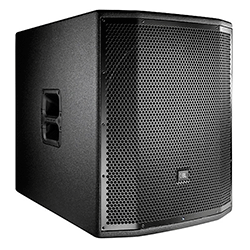
JBL PRX818XLFW
- JBL
- | 1700
- 38
-

Yamaha DXS15 MKII
- Yamaha
- | 900
- 7
-
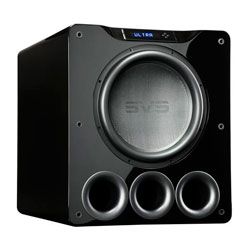
SVS PB16-Ultra
- SVS
- | 2500
- 33
-
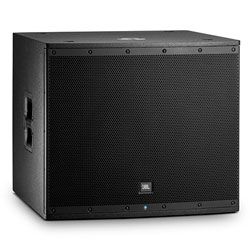
JBL EON618S
- JBL
- | 1000
- 79
-

JBL LSR310S
- JBL
- | 400
- 263
-
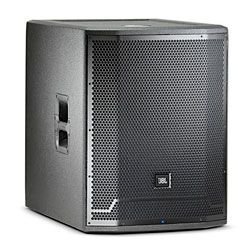 OLD MODEL
OLD MODELJBL PRX718XLF
- JBL
- 25
-
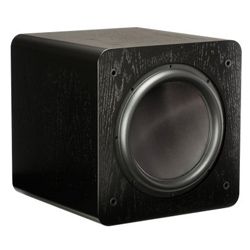 OLD MODEL
OLD MODELSVS SB13-Ultra
- SVS
- 33
-
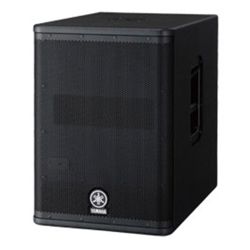 OLD MODEL
OLD MODELYamaha DXS12
- Yamaha
- 7
Popular subwoofer comparisons
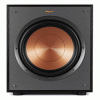




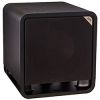
Recent reviews
